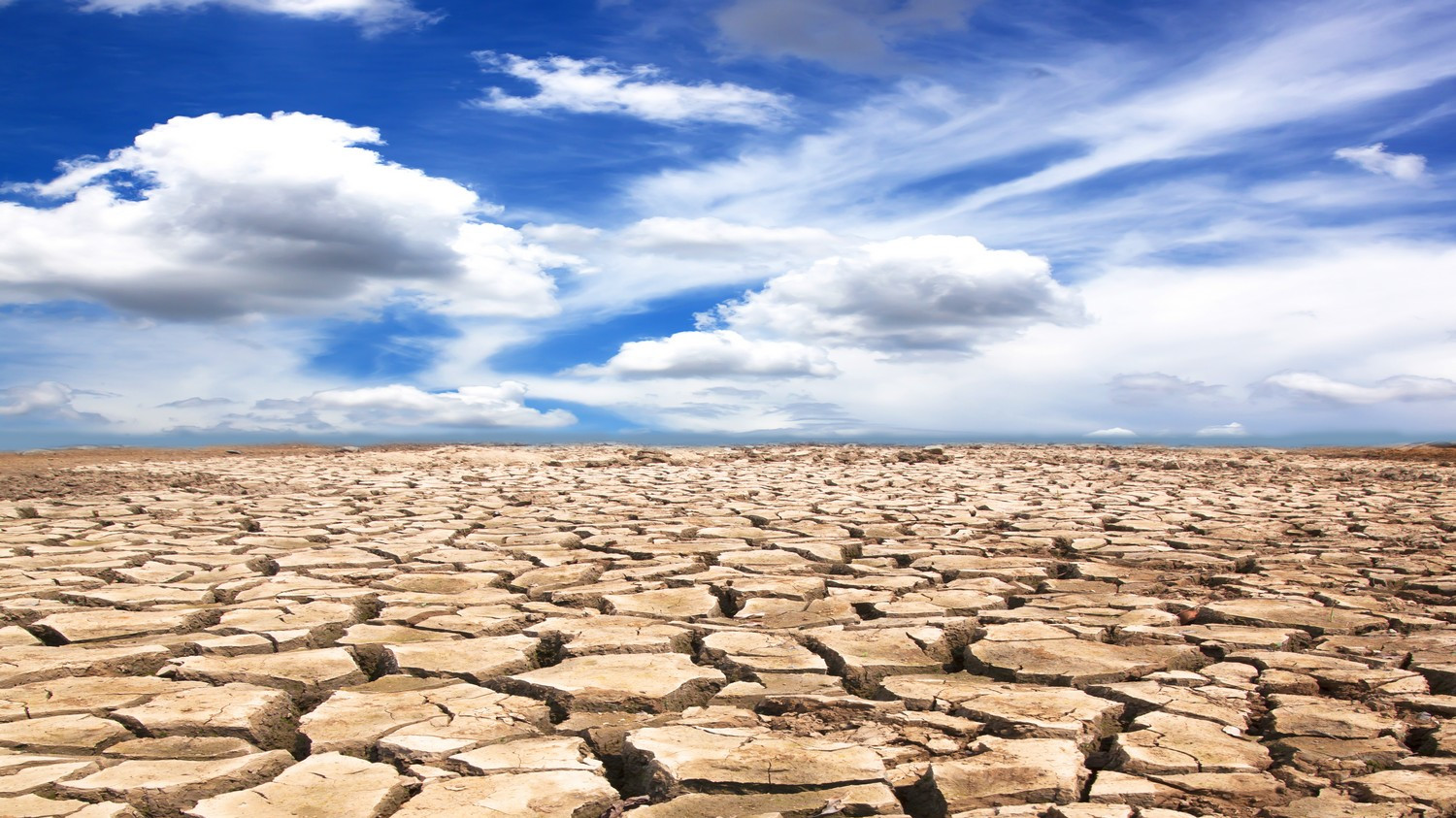The Posted on OMSZ In addition to this year’s precipitation measurements, a recent study addresses the spatial and temporal variability of precipitation, XX. With periods of drought experienced since the beginning of the century.
The author of the study draws attention to the fact that, with the exception of the eastern half of Hungary, there is currently a serious drought in large areas in Romania, Moldova, Ukraine, the south of our country in the northern half of the Balkans, Italy and the southeastern region of France.
The eastern half of Hungary was affected by a more serious drought.
This is also supported by precipitation measurements from the National Weather Service. To the east of the Danube, the semi-annual precipitation usually did not reach 200 mm, and in the central region and across the Ticino of the Great Plain remained less than 120 mm, which is the usual value in the affected area. Half. On the other hand, in the Trans-Danube mountains, in the western and southwestern parts of the country, the amount of precipitation that fell by the end of June amounted to 250-300 mm in several places, which is close to average.
Until last year, it was generally characterized by a drought. If we also look at the second half of 2021, the amount of precipitation in the past 12 months in a large area of the Great Plain has remained below 350 mm, and in some places less than 300 mm, which is hardly half of normal precipitation. Meanwhile, in Transdanubia, the amount of precipitation since July 2021 is generally more than 500 mm, and about 700 mm along the western border.
At the same time, the study highlights that Precipitation is a highly variable component of meteorology, not only in space, but also in time.
In Hungary, on average, a drier or wetter year occurs every three years.
They also occur infrequently in a series of consistently dry or rainy years. For example, the mid-1940s or the end of the 1980s and the beginning of the 1990s were marked by continuous dry years. She had a series of constantly rainy years, for example, in the twenties or sixties of the last century.
However, the trend below shows that the amount of precipitation is decreasing year by year.
The figure below tells us which It shows the development of successive dry days over the past years: the upward trend is clearly visible. Nationally, there is a period of approximately one month each year in which no daily 1 mm of precipitation occurs. In the more humid western and southwestern parts of the country, this average is a few days lower, while in the drier Great Plain it is a few days more.
In short, it is said that the occasional drought in our country is part of the climate of Hungary, but at the same time
In recent decades, summers have become noticeably warmer, and heat waves of increasing intensity reinforce the tendency to drought.
Cover photo: Shutterstock











































